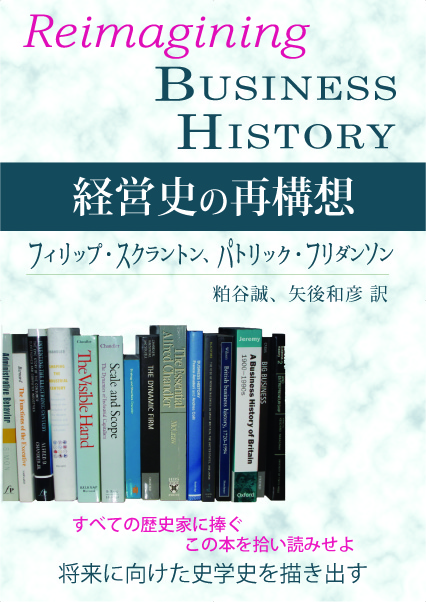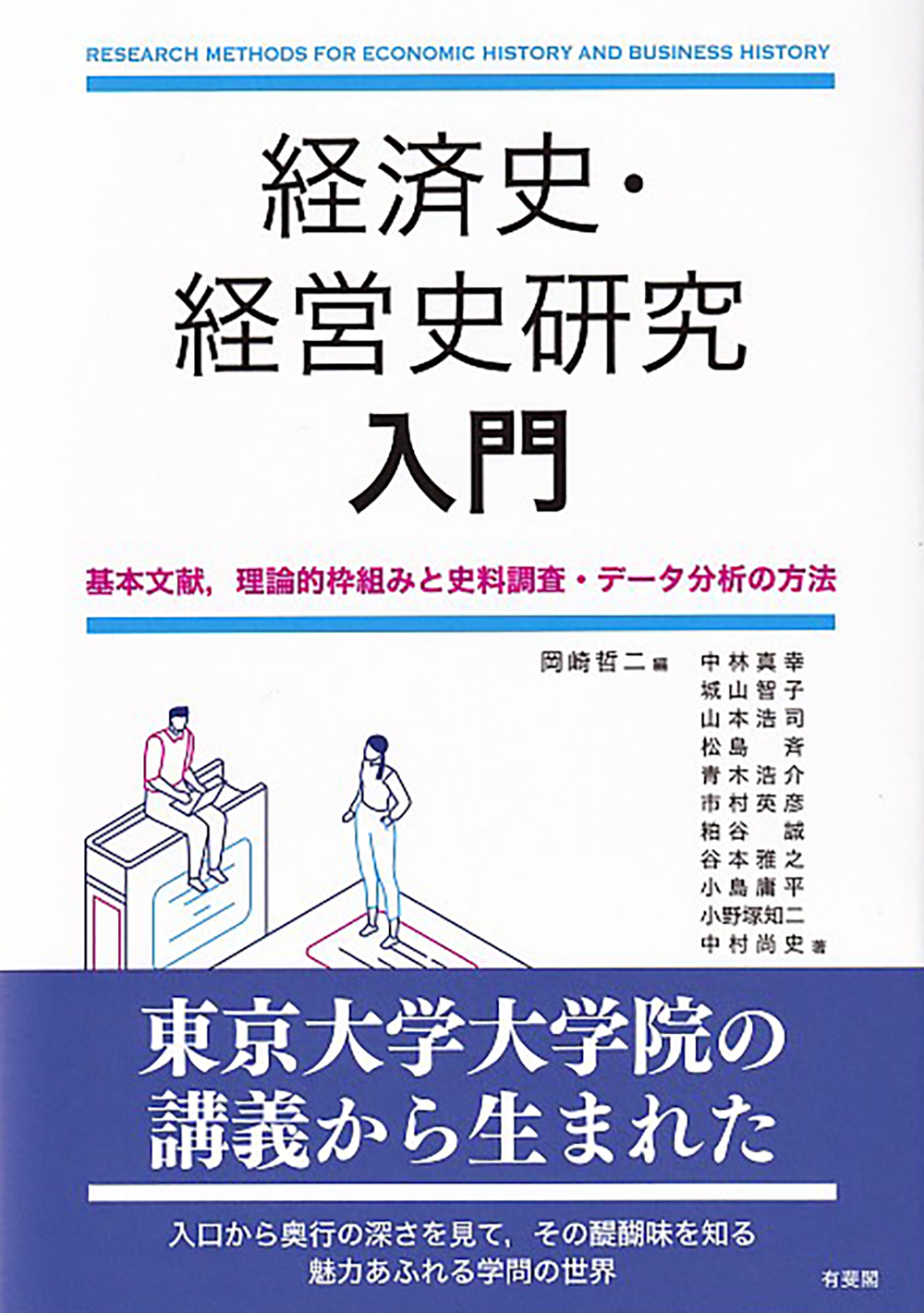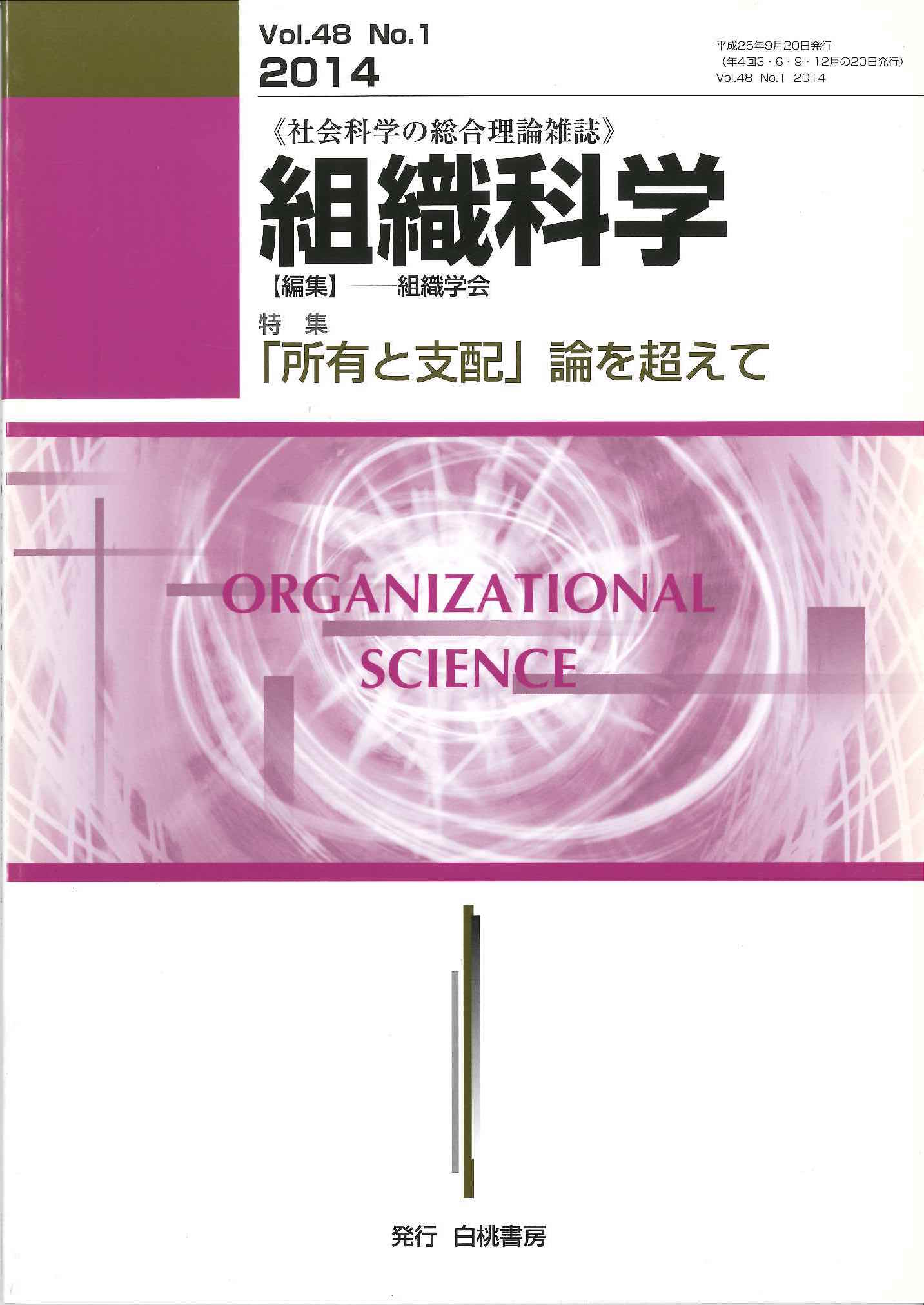
Title
Keieishi no saikoso (Reimagining Business History)
Size
294 pages, A5 format
Language
Japanese
Released
February, 2017
ISBN
978-4-901916-49-3
Published by
Sotensha
Book Info
See Book Availability at Library
Japanese Page
This is a Japanese translation of Reimagining Business History by Philip Scranton (Rutgers University-Camden) and Patrick Fridenson (Ecole des Hautes Etudes des Sciences Sociales), which was published by the Johns Hopkins University Press in 2013. Professor Scranton’s another work, Endless Novelty: Specialty Production and American Industrialization, 1865-1925, has already been translated into Japanese by Yoshito Hirota, Takashi Mori, Minoru Sawai, and Hirofumi Ueda and published by Yuhikaku. The authors are esteemed business historians and assumed the presidency of Business History Congress.
In addition to the whole of the original book, Afterword for the Japanese edition is also translated. In this afterword, the authors states (1) that they do not want to align international Business History methods with United States approaches, (2) they know many Japanese firms write their own histories with using interviews and original documents and revise in ten or twenty years and this is the company’s efforts to find their role in the Japanese society, and (3) that they intend to give research attention to the interactions between companies and with agencies and governments. Moreover, they insist that Business History has suffered from a problem to put too much emphasis on corporation’s success stories and emphasizes the importance to investigate and learn from corporate failures. Lastly they showed us business’s “core tasks” that have to be studied.
Task 1: Defining the enterprise’s purpose and methods of operations;
Task 2: Securing and allocating resources;
Task 3: Creating organizational structures and processes, identifying responsibilities, as well as internal and external stakeholders, building competencies:
Task 4: Establishing accounting and records management, defining relevance and rules/norms;
Task 5: Installing purchasing and pricing practices;
Task 6: Inventing marketing and organizing distribution;
Task 7: Articulating external relations;
Task 8: Monitoring performance;
Task 9: Encouraging learning, prospective and reflexive;
Task 10: Planning for growth, crisis, conflict, and innovation;
Task 11: Dealing with tensions between operations and innovation; and
Task 12: Assessing environmental relations.
These tasks are obvious at a glance, however, business people’s knowledge on their business is shallow and understanding business fully is very important.
(Written by KASUYA Makoto, Professor, Graduate School of Economics / 2018)



 Find a book
Find a book




